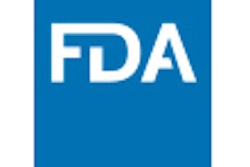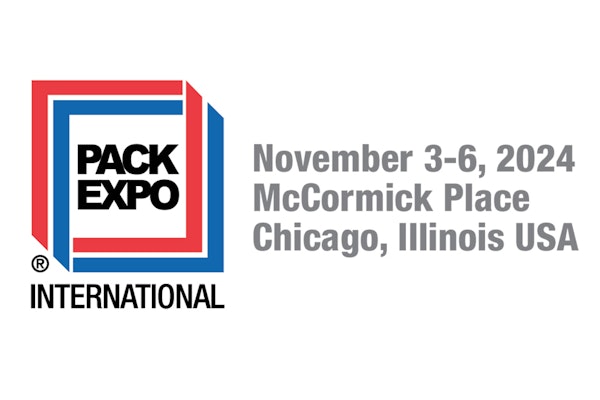
The Food and Drug Administration released its “Strategy for the Safety of Imported Food” which outlines the agency’s comprehensive approach to helping ensure the safety of food imported into the United States.
The U.S. imports about 15 percent of its overall food supply from more than 200 countries or territories, with 13.8 million food shipments in 2018. In 2019, between 14 and 15 million shipments of imported food are expected to enter the United States. Other countries supply approximately 55 percent of fresh fruit, 32 percent of vegetables and 94 percent of seafood consumed in the U.S, according to FDA.
While the U.S. food supply is among the safest in the world and significant food safety advances are being made, a preventable level of foodborne illness continues to occur – arising from both domestically produced and imported food. For imported food, the volume and variety of imports and the complexity of global supply chains make food safety a challenging issue to address. Further complicating the issue, some exporting countries may have food safety systems different from the U.S., FDA states, DS ours and differing levels of regulatory capacity.
While inspectional oversight remains the primary tool for domestic food producers and is an important tool for foreign producers, Congress determined that more was needed to control the food safety risks associated with imported foods. Through FSMA, FDA was provided with new tools and authorities to meet this need, and the agency was charged with creating an oversight system designed primarily to prevent food safety problems from occurring, preferably before the food arrives at the border or reaches the plates of U.S. consumers.
Determining the best way to use the full range of available tools across the different segments of the international food-supply chain — in ways that decrease public health risks while maintaining a level playing field for domestic and foreign producers — requires both dexterity and pragmatism. This strategy document describes how FDA is integrating the new import oversight tools with existing tools as part of a comprehensive approach to imported food safety.
The strategy is guided by four goals:
- Goal 1: Food Offered for Import Meets U.S. Food Safety Requirements
- Goal 2: FDA Border Surveillance Prevents Entry of Unsafe Foods
- Goal 3: Rapid and Effective Response to Unsafe Imported Food
- Goal 4: Effective and Efficient Food Import Program
This strategy document outlines several methods the agency is using to accomplish these goals including strategies for objectives.
Additional resource:
Importing Food Products into the United States


















